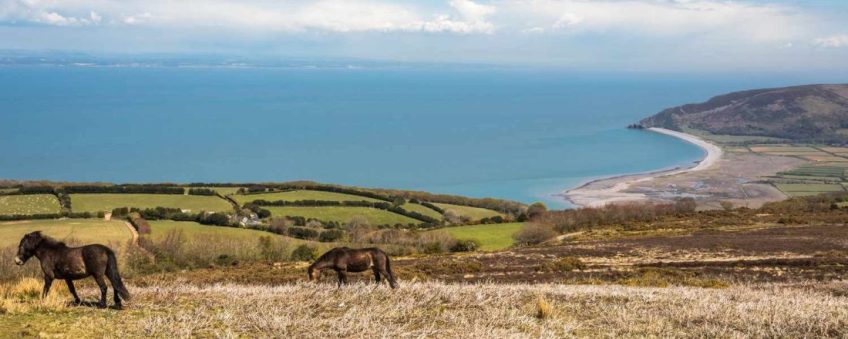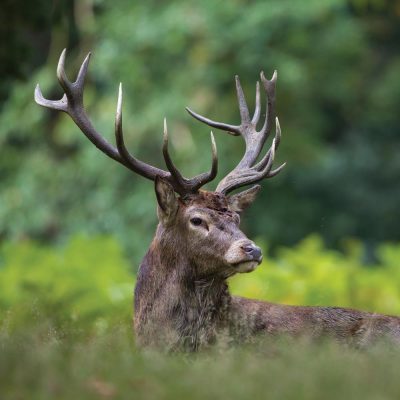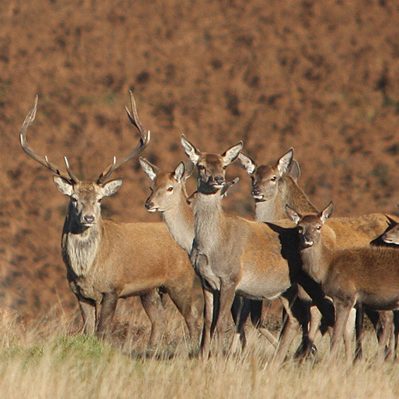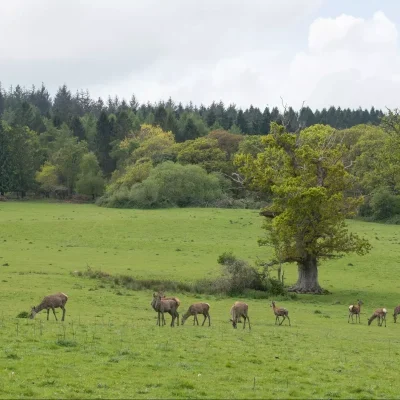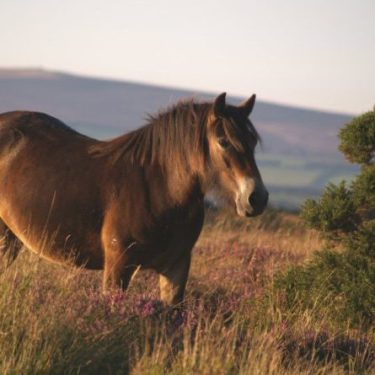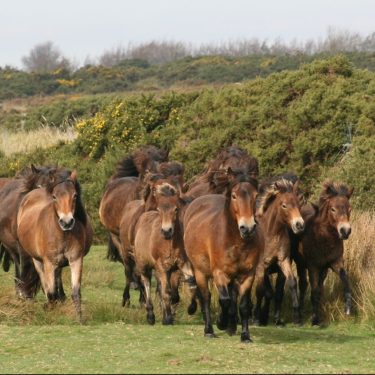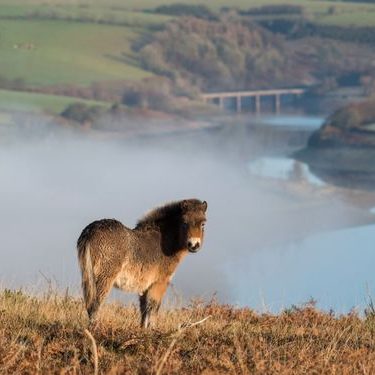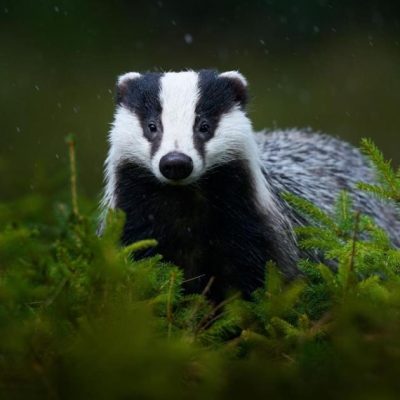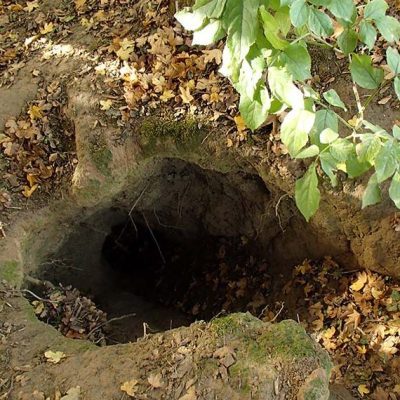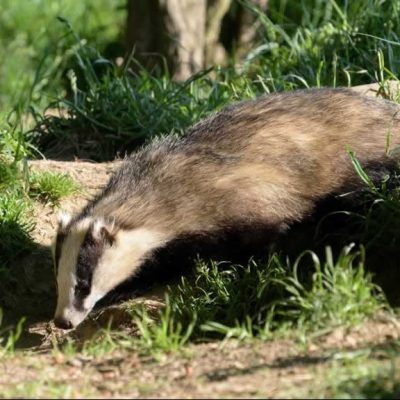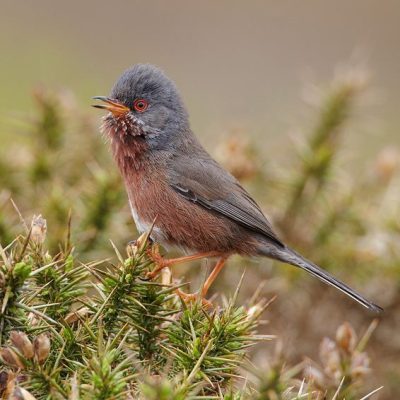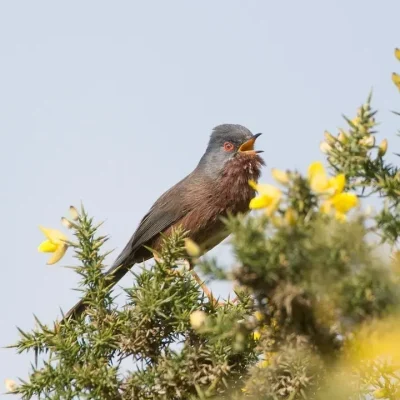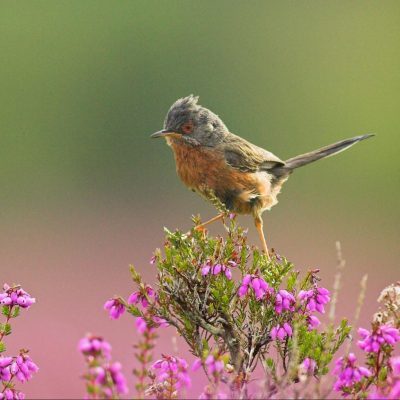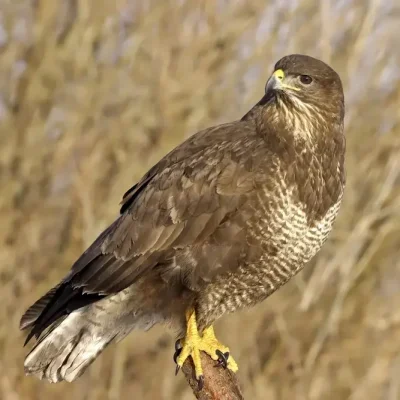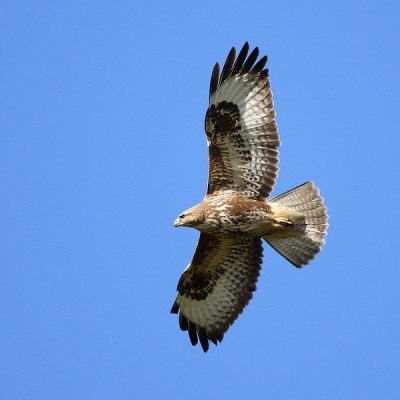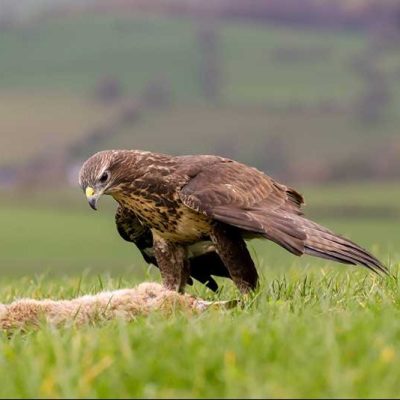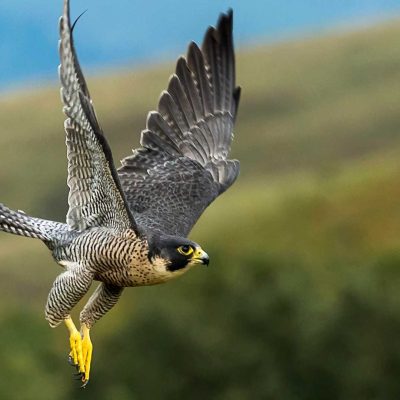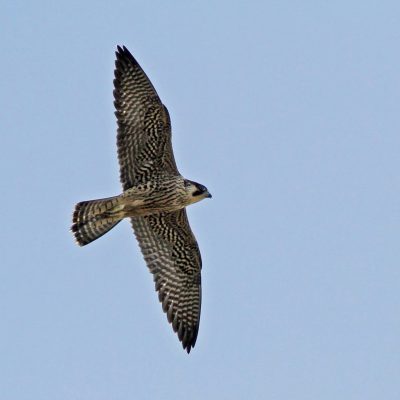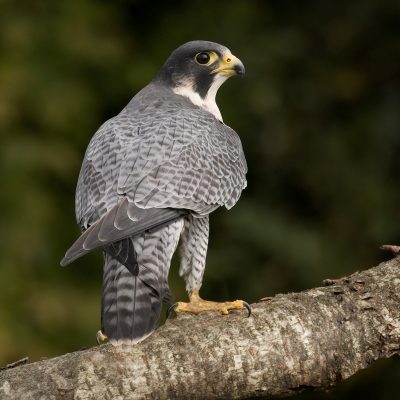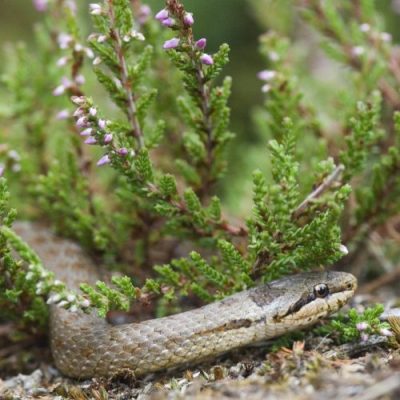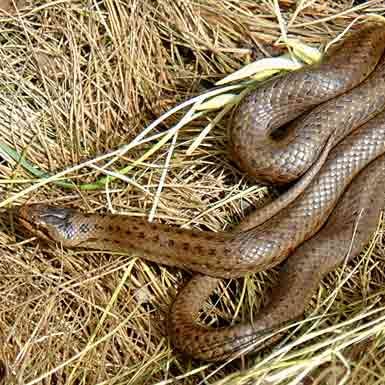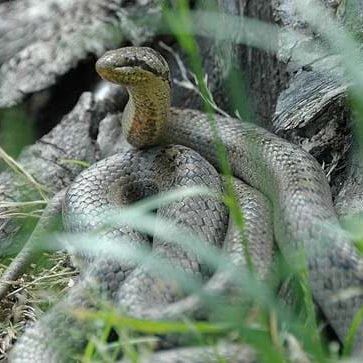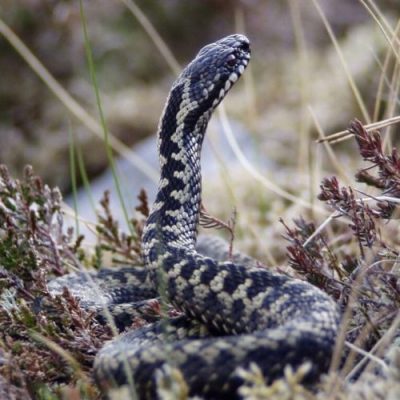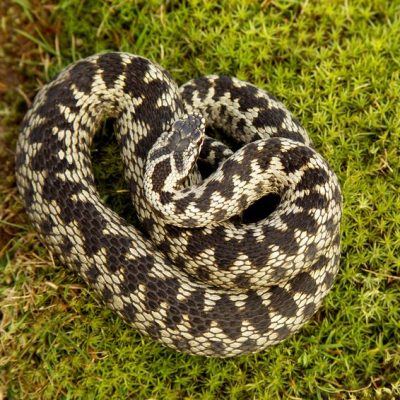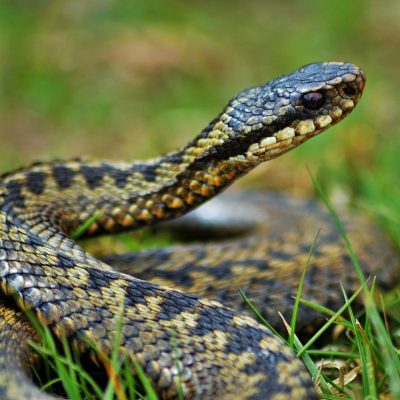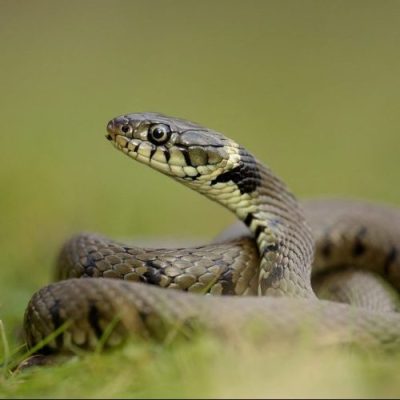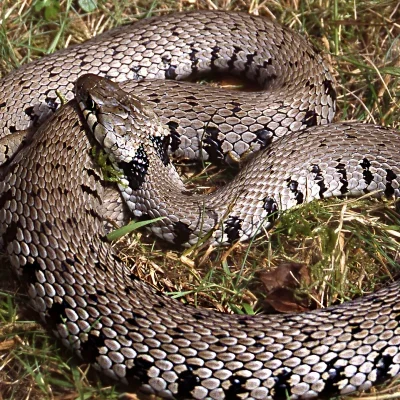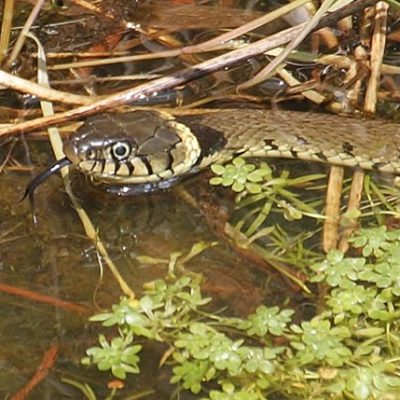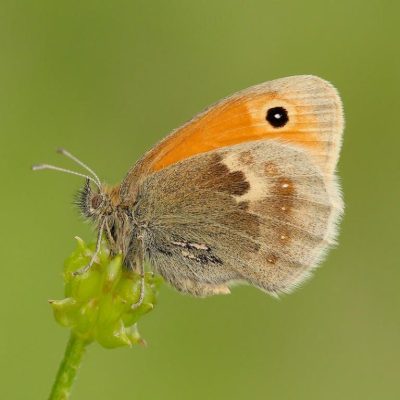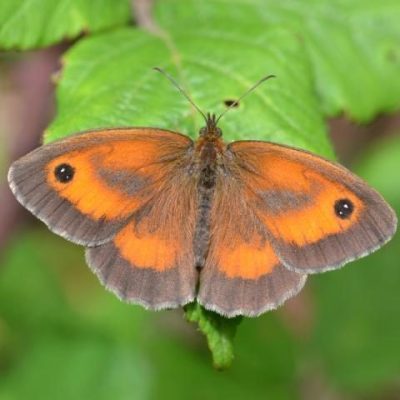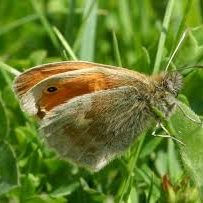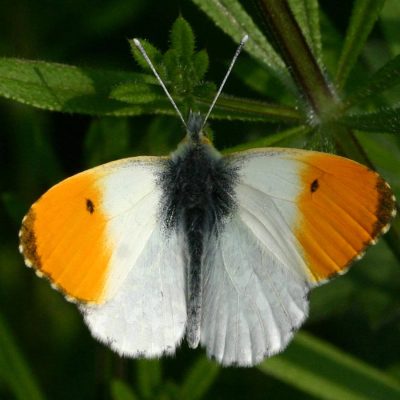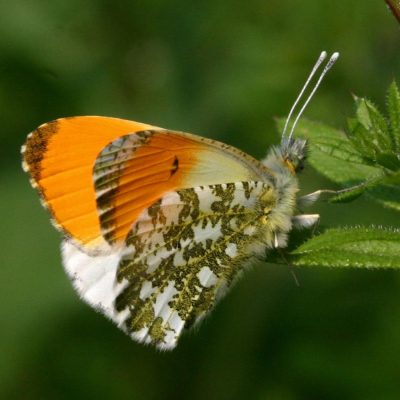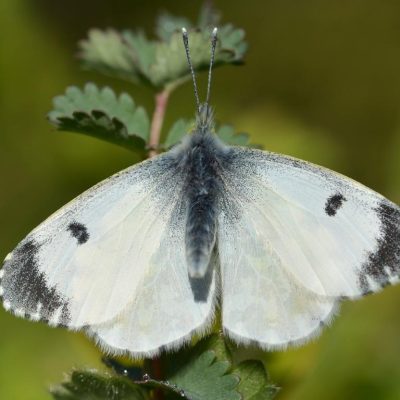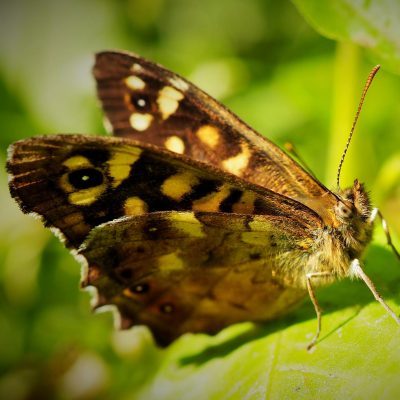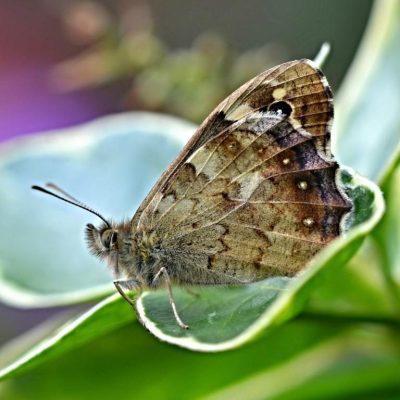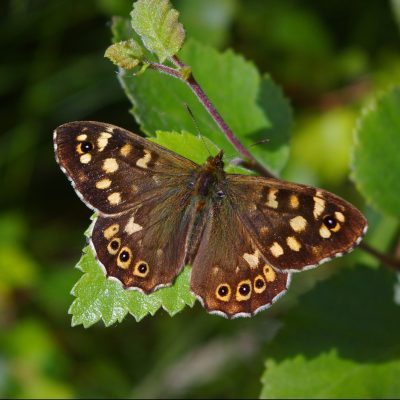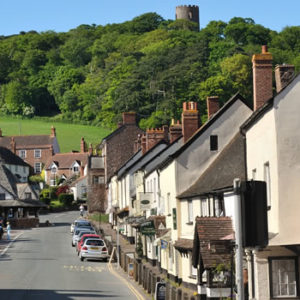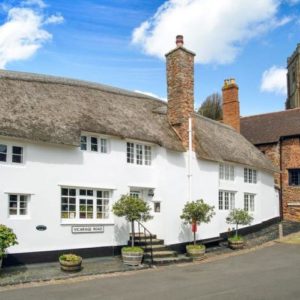With over 1,000 square miles of rugged terrain, Exmoor National Park provides a haven for a wide range of species, from majestic Red Deer to the elusive Smooth Snake. In this guide, “Fauna on the Moor”, we will delve into the exciting world of Exmoor’s animals and provide an overview of the most commonly seen wildlife species in the park. From the rolling hills to the picturesque cliffs, you’ll be able to explore the best places to spot Exmoor’s fauna and learn about the fascinating behaviours and adaptations that make these creatures truly one-of-a-kind.
Mammals
Red Deer
The largest mammal species in Exmoor is the Red Deer, which you may see roaming the moors in herds. These magnificent creatures can weigh up to 180 kg and are most active at dawn and dusk. To spot them, head to areas with high vantage points and keep your eyes peeled for movement.
Exmoor Pony
The Exmoor Pony is a hardy breed that has lived in the park for thousands of years. They are easily recognizable by their sturdy build and mealy markings; along with the Red Deer, they are iconic features of the Exmoor landscape.
Badger
Badgers are nocturnal creatures; head out for a evening walk and you may be lucky to spot one. They are easily recognizable by their distinctive black and white striped faces and stocky bodies. To see them, look for setts (badger dens) in woodland areas and wait patiently for them to emerge… Or watch out for them on evening drives along the quiet country lanes.
Birds
Dartford Warbler
The small Dartford Warbler inhabits the heathlands of Exmoor. Their melodious song makes them easily recognizable. To observe them, the best time is the early morning when they are most active.
Buzzard
The Buzzard is a large bird of prey that you may see soaring above the moors. They have distinctive rounded wings and a distinctive call that you mistake for a hawk. To spot them, look for areas of open sky and watch for birds of prey.
Peregrine Falcon
The Peregrine Falcon, a magnificent bird of prey, hunts along the cliffs and rocky outcrops in Exmoor. Its fast and agile nature makes it difficult to spot, but once seen, it truly dazzles.
Reptiles
Smooth Snake
The Smooth Snake is a non-venomous species of the heathlands of Exmoor. They are easily recognizable by their slender bodies and distinctive patterns. To spot them, look for areas of dense heather and keep an eye out for movement.
Adder
Do beware of adders on Exmoor! This venomous snake is easily recognizable by its distinctive diamond-patterned scales and can be seen basking in the sun in warmer weather. Observing them should be done with caution and from a safe distance.
Grass Snake
A common snake found on Exmoor, the Grass Snake, also known as the ringed snake, can grow up to 1.5 meters in length and is non-venomous. It primarily inhabits wetland habitats such as marshes and ponds, feeding on amphibians, fish, and small mammals. As an important species for maintaining local ecosystem balance, monitoring and protecting its populations is necessary
Butterflies
Exmoor is home to a variety of butterfly species, three of the most common ones being the Small Heath, the Orange Tip, and the Speckled Wood. These three species of butterfly all play an important role in the local ecosystem, providing food for birds and other insects. It’s important to protect these species and their habitats, as changes in the environment can have a major impact on butterfly populations.
The Small Heath
The Small Heath is a small butterfly with a wingspan of around 32mm and is easily recognizable by its pale yellow-orange underwings. They can be found in a variety of habitats, including moorland, meadows and even gardens.
The Orange Tip
The Orange Tip is a striking butterfly with bright orange tips on its forewings and a greenish-yellow underside. The males are easy to spot; however, the females are less distinctive and can be mistaken for other species. They can be found in a range of habitats, including hedgerows, grasslands, and woodland clearings.
The Speckled Wood
The Speckled Wood is a medium-sized butterfly with a wingspan of around 50mm. It is recognizable by its distinctive dark brown and cream-coloured speckled pattern on its wings. They are woodland species and are commonly found in clearings and along woodland rides.
Exploring Exmoor and searching for its wildlife can be a thrilling and educational experience. From the striking orange tips and speckled woods to the majestic red deer and the hardy Exmoor ponies, there is a wealth of diverse species to discover. Remember to approach wildlife with respect and caution, observing from a safe distance to avoid disturbing their natural behaviour. With patience and a keen eye, anyone can enjoy the unique and incredible wildlife that calls Exmoor home. Whether you are a seasoned wildlife enthusiast or a beginner, this stunning and rugged landscape has something to offer everyone.


